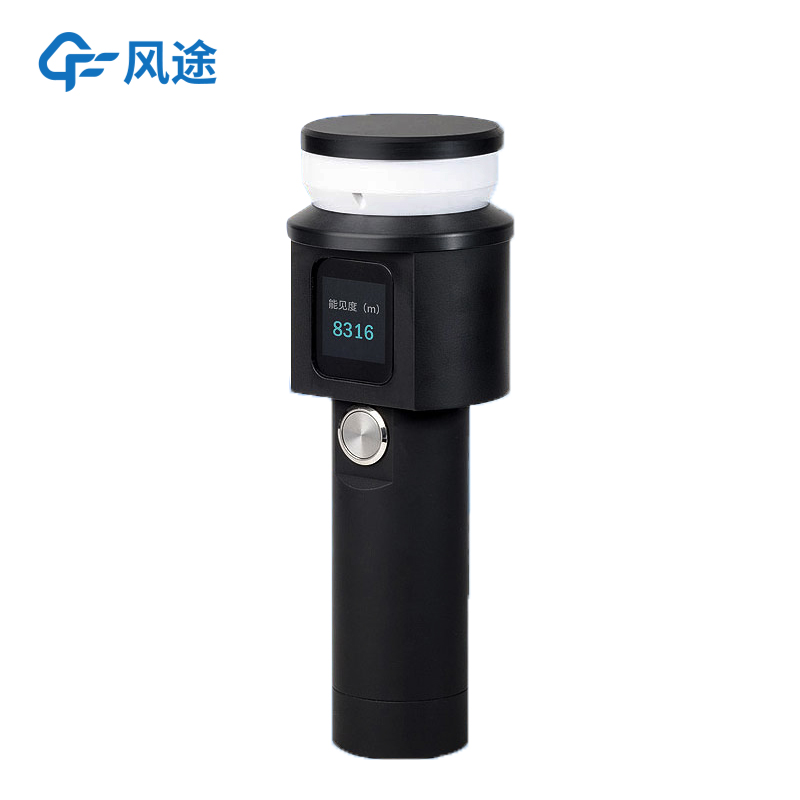Temporary meteorological detection refers to the temporary collection and analysis of meteorological data carried out at specific times and locations for specific purposes. It has a wide range of application scenarios. Whether it is in natural disasters such as earthquakes and floods, or at the scenes of accidents such as forest fires, explosions, and chemical spills, quickly grasping meteorological conditions such as temperature, humidity, wind speed, wind direction, and precipitation is crucial for formulating reasonable rescue plans, ensuring the safety of rescue workers, and improving rescue efficiency. For example, during the fighting of forest fires, the wind direction and speed directly determine the direction of the fire spread and influence the decisions of firefighters.
In terms of major event security, whether it is large - scale sports events, outdoor performances, or important meetings, the real - time on - site meteorological information provided by temporary meteorological detection helps organizers respond to severe weather in advance, such as adjusting the marathon schedule and arranging protective measures for large - scale performances. The field of engineering construction also cannot do without it. During the pre - project and construction processes of airports, roads, large - scale construction projects, etc., temporary meteorological detection provides key meteorological data support for engineering design and construction. For example, when building a new airport, a temporary meteorological observation station needs to be established at the pre - selected site to collect at least one year of meteorological data to determine the runway direction and design the drainage system. When scientific researchers conduct field investigations and special meteorological research, they also set up temporary meteorological monitoring points to accumulate data for research topics such as climate change and the relationship between the ecological environment and meteorology. In addition, when schools and science popularization institutions carry out meteorological teaching and science popularization activities, temporarily setting up meteorological monitoring equipment can allow students and the public to intuitively understand meteorological knowledge and the data collection process.
Portable meteorological monitors, mobile meteorological monitoring vehicles, and temporary meteorological observation stations are commonly used equipment for temporary meteorological detection. Portable meteorological monitors are compact and portable, capable of simultaneously monitoring multiple meteorological elements, and are suitable for scenarios such as outdoor exploration and agricultural production; mobile meteorological monitoring vehicles are highly mobile, can quickly reach the monitoring site and transmit data in real - time, and are important equipment for emergency response and major event security; temporary meteorological observation stations can be quickly set up at specific locations to achieve 24 - hour automatic observation and data recording, and are often used for long - term monitoring needs such as construction sites and airport construction.
The FT - SQ5A Small Handheld Portable Weather Station is a portable weather station specially designed for temporary emergency meteorological monitoring. It weighs only 0.85 kg, has a handle design for easy one - hand holding, and a sturdy shell to adapt to complex environments.
This instrument uses ultrasonic sensing technology to accurately measure meteorological elements. The wind speed measurement range is 0 - 40 m/s with an accuracy of ±5%; the wind direction is 0 - 359° without blind spots, with an accuracy of ±3°. It can also measure temperature (-40℃ to +80℃, accuracy 1℃), humidity (0 - 100%, accuracy 4%), air pressure (300 - 1100 hPa, accuracy ±2 hPa), and altitude measurement is optional. It has a built - in display to show data in real - time, is powered by a detachable lithium - ion battery, and can work for 24 hours when fully charged. It has a Bluetooth module for data transmission and a storage module that can store data for 365 days.

Article address:https://www.sqqx.net/en/news/573.html

 +86 15898932201
+86 15898932201



